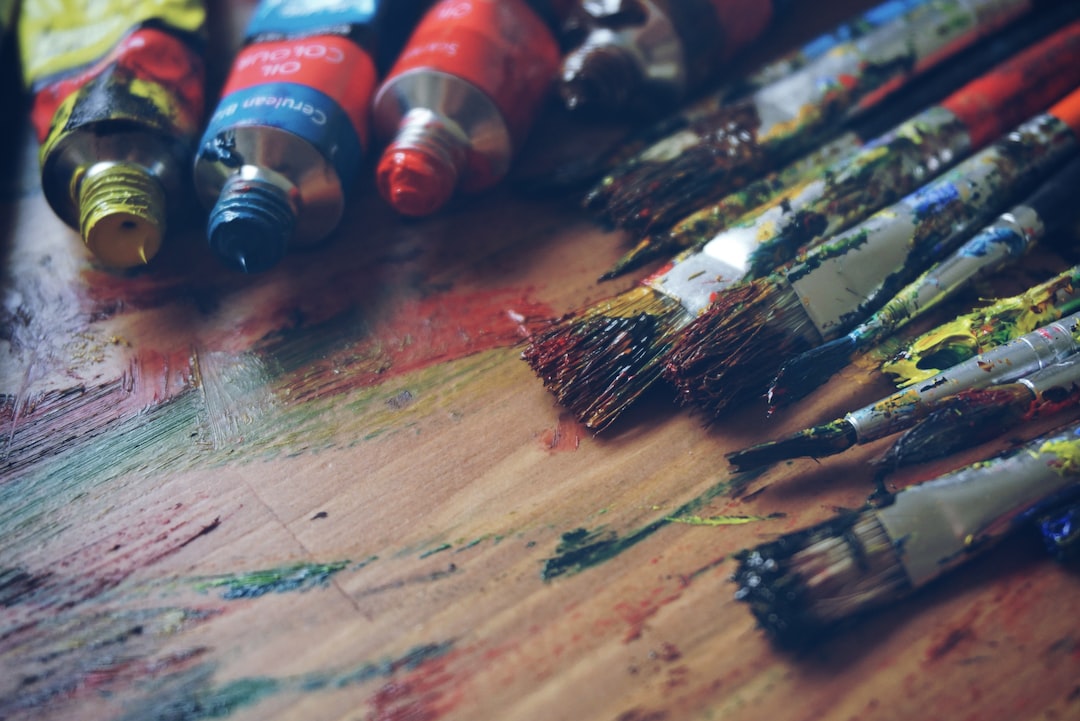The Intersection of Art and Technology: How Digital Art is Revolutionizing the Creative Industry
Art has always been a reflection of human creativity and imagination. From cave paintings to Renaissance portraits, art has evolved and adapted to reflect the society and culture it exists within. It has been influenced by various factors – from politics to technology – shaping its trajectory through time. In the modern world, technology has emerged as a significant driving force, shaping the way art is created, experienced, and shared. The rise of digital art has revolutionized the creative industry, opening up new possibilities and modes of expression.
Digital art refers to any form of artwork created using digital technology, be it digital painting, 3D modeling, or computer-generated graphics. It provides artists with a new set of tools and techniques to explore their creativity, enabling them to push the boundaries of what is possible. The integration of art and technology has resulted in a dynamic and ever-evolving field, transforming the way we perceive and engage with art.
One of the key advantages of digital art is the accessibility it offers to both creators and viewers. Traditional art forms often require expensive materials and specific skills, limiting the ability to participate in the creative process. However, digital tools have made it possible for anyone with a computer and internet connection to engage in art creation. Software applications, such as Adobe Photoshop and Procreate, have democratized art, allowing aspiring artists to learn and experiment without the need for costly supplies.
Digital art has also expanded the horizons in terms of artistic expression. Artists are no longer confined by the limitations of physical materials or traditional techniques. They can manipulate and experiment with colors, textures, and forms in ways that were previously unimaginable. Digital artists can seamlessly mix mediums, combining photography, painting, and animation into a single artwork. This fusion of different artistic disciplines has led to the emergence of new forms, such as digital collage and multimedia installations.
In addition to expanding the possibilities of art creation, technology has also transformed the way art is experienced and shared. The rise of social media platforms and online galleries has made it easier for artists to showcase and promote their work to a global audience. Digital platforms like Instagram and Behance have become virtual art galleries, where artists can share their creations with millions of users worldwide. This enhanced accessibility has allowed artists to gain exposure and recognition on a scale never before possible.
The integration of technology in art has also given rise to interactive and immersive experiences. With advancements in virtual reality (VR) and augmented reality (AR), artists can create immersive environments that blur the boundaries between the physical and digital realms. VR allows viewers to step into a virtual gallery space, where they can fully engage with the artwork and even manipulate it. AR, on the other hand, overlays digital elements onto the real world, creating an interactive and dynamic viewing experience. These technologies have revolutionized the traditional notion of art as a static object, transforming it into an interactive and participatory medium.
While the intersection of art and technology has undoubtedly brought about numerous positive changes, it also raises important questions regarding the authenticity and value of digital art. Traditional art forms have a long history and are often associated with craftsmanship and uniqueness. The reproducibility and malleability of digital art challenge these notions, leading to debates about the significance and monetary value of digital creations.
However, it is crucial to recognize that art is a reflection of its time and culture. Just as technology has become an integral part of our lives, it has also become an integral part of art. Digital art represents the changing landscape of the creative industry, embracing the advancements and challenges that technology brings. It pushes the boundaries of what is possible and sparks new conversations about the nature and purpose of art.
In conclusion, the intersection of art and technology has ushered in a new era of creativity. Digital art has revolutionized the creative industry, providing artists with new tools and techniques to explore their imagination. It has expanded access to art creation and transformed the way art is experienced and shared. While it may challenge some traditional notions about art, it also presents exciting opportunities for innovation and artistic expression. The fusion of art and technology opens new doors for creativity, driving the evolution of the creative industry.

